| CONTEXT |
The world we live in today is static. As we construct our surroundings we inevitably destroy other surroundings and instead we leave sets of immobile rigid structures incapable of change and diversity. The sole purpose of most buildings and built environments is efficiency. Since this does not include complexity it creates a feeling of poor quality and a cold senseless habitat. “The human brain has used pattern recognition as a form of survival for so long, it has become something we do subconsciously daily. Although your conscious mind might not realize the feelings it is experiencing are due to a pattern, or lack thereof, our physiological system does result in the same sympathetic or parasympathetic response our ancestors experienced. “ -The Psychological Impact of Architectural Design Natali Ricci
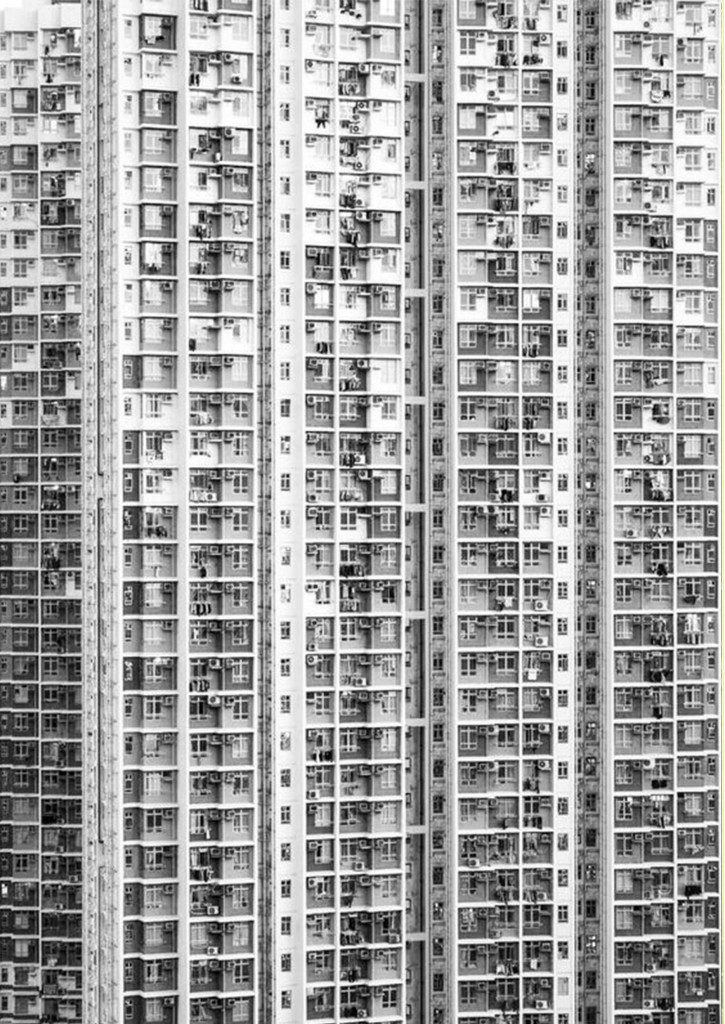
|Abstract|
Our built habitat, unlike any other habitat, is unresponsive and rigid. The environments we spend our lives in are mostly monotonous and energy consuming. Cities continue to grow and global warming continues to create harsher conditions. We have mastered the ways of rigid architecture. Now there is a need for a new design approach, a subtler way of making our impact on the world. Soar is a material system that looks for an alternative to rigidity. It is der?ved from soft robots who are generally actuated with pneumatics or liquids. Soar works with a liquid that evaporates at low temperatures, an elastic polymer that traps this liquid in the form of bubbles. In this research, these materials are alcohol and silicon. The ingredients of this system allow it to respond to the heat of the sun thus making it passive. It doesn’t need any additional energy and it is never constant. The wind, the angle of the sun and the moisture all play a role on how the actuators will react so it is safe to say that no two actuators will behave identically, giving it the illusion of being alive. This research concentrates on how these soft robots could be controlled, what properties they possess and what could be their future use.
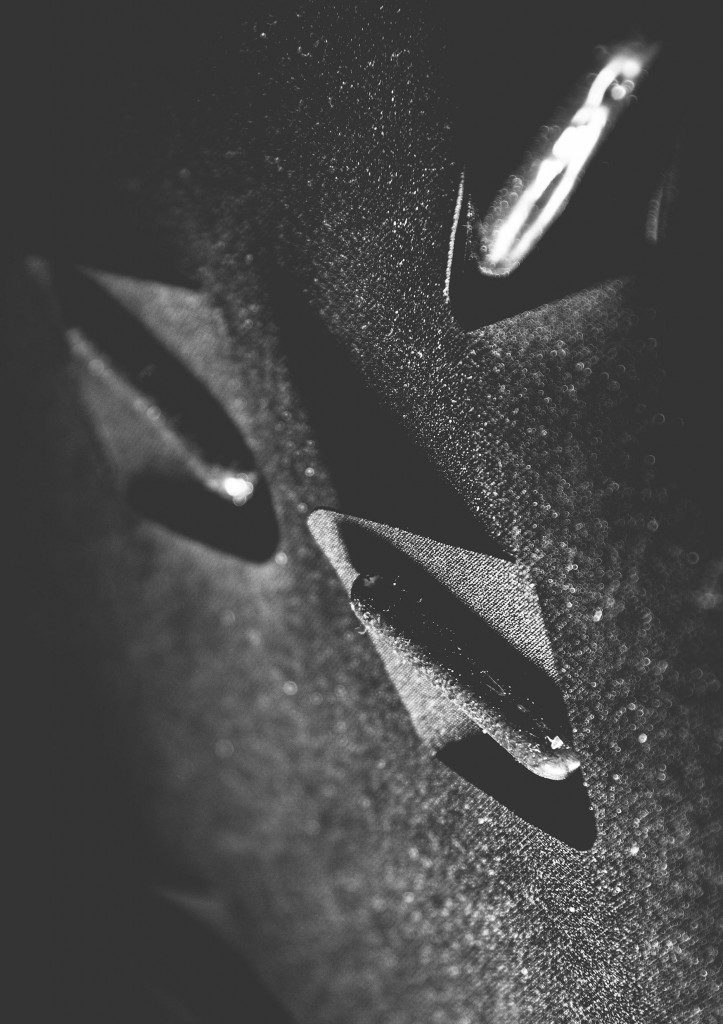
|State of the Art|
“Archigram, Buckminster Fuller, Cedric Price, and Yona Friedman were among soft architecture’s forerunners.”
– Neeraj Bhatia
The studies they have done opened a way to a new design approach that is individual, diverse and responsive. In this sense soft architecture is not only an explanation of the material itself but also the characteristics of the flexibile system it provides.
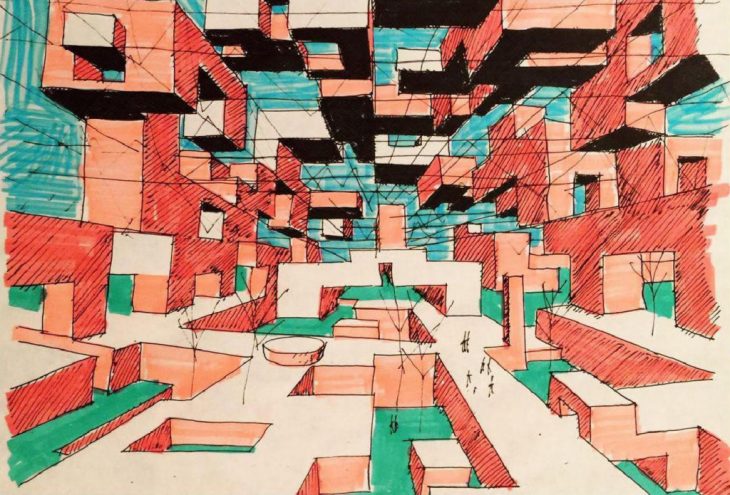
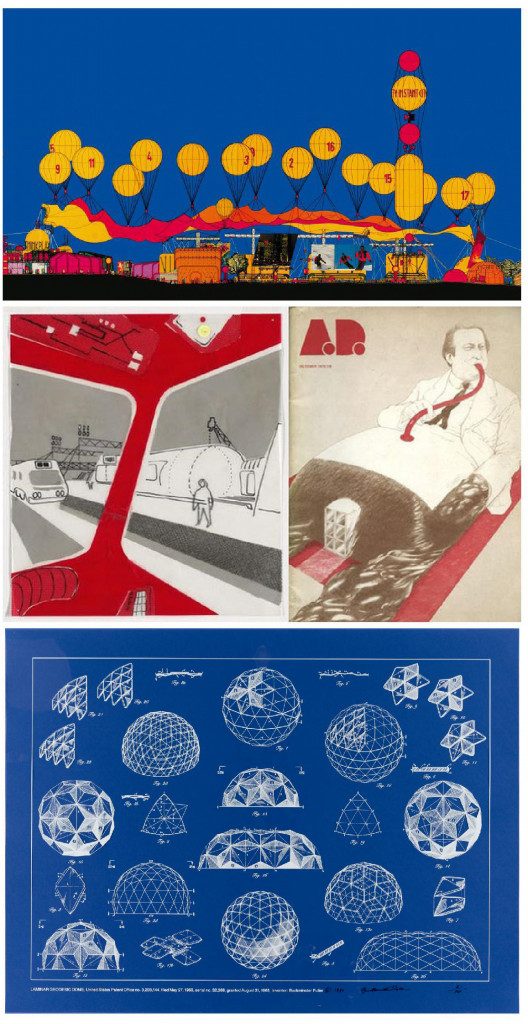
BLOOM THERMO-BIMETAL PAVILION BY PROF. DORIS KIM SUNG
Sung hit upon a material that had never before been used in architecture: a metal alloy that responds automatically to changes in air temperature and heat. Commonly used for the coil in a thermostat, “thermobimetal” is made of two sheets of metal laminated together. Each metal expands at a different rate when heated, curling as the temperature rises and flattening when cooled.

PNEU.FLEX IAAC 2017/18
The project has been developed with a vision to create a responsive skin that can be integrated with the building design. The responsive approach to architecture design is an evolving field that takes into account certain environmental conditions or user’s needs and creates simulative responses to it. This kind of system works with two components: the sensors which are the input and the actuators that is the output. The sensors measure the real-time data such as light, temperature, humidity, movement, position or speed. This data, when fed to the system, triggers the actuator to perform in terms of change in its shape, colour, size, position or geometry.

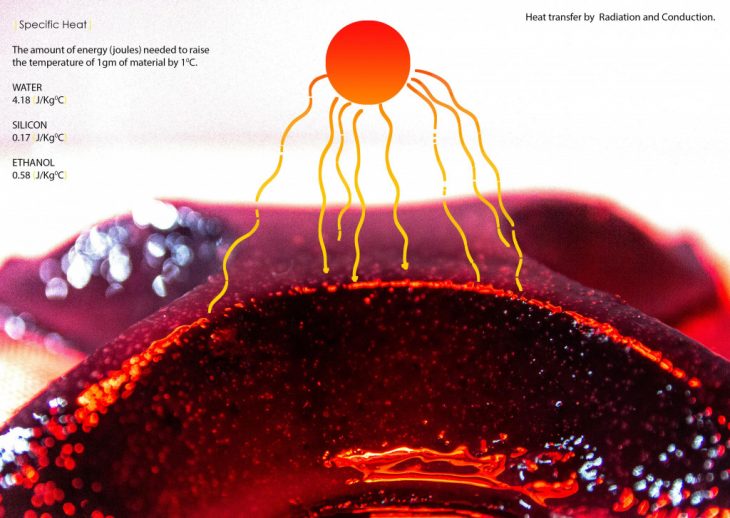
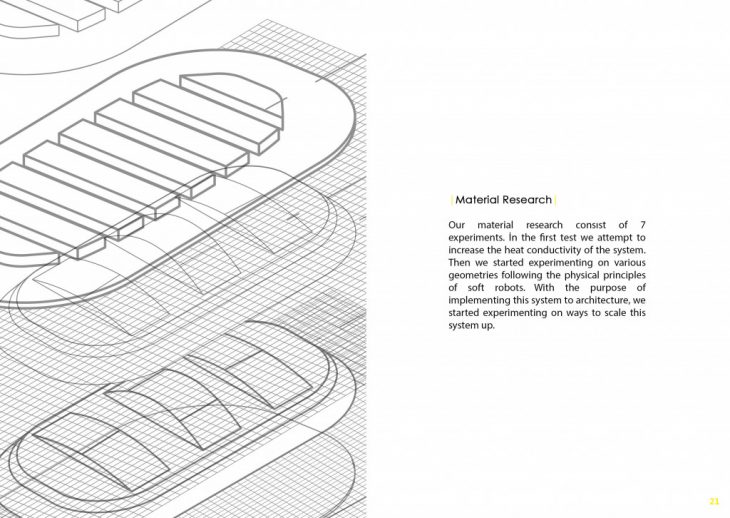
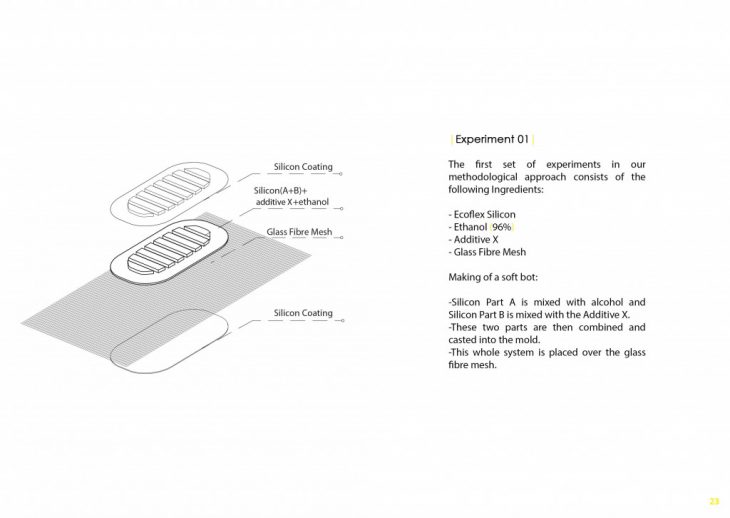
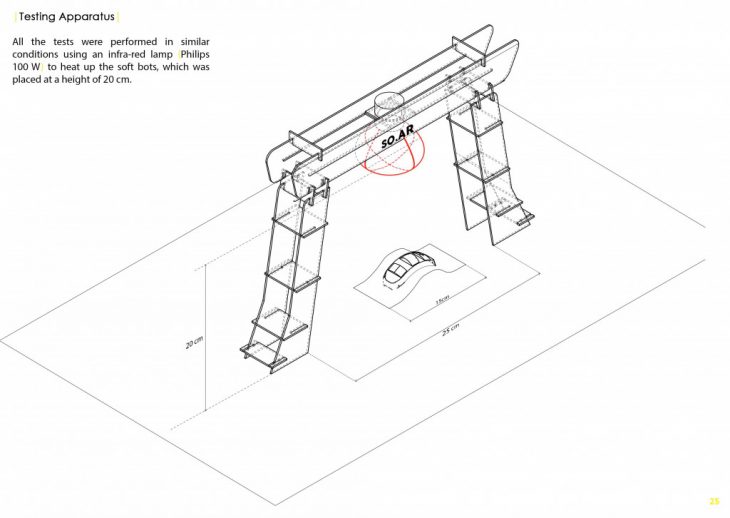
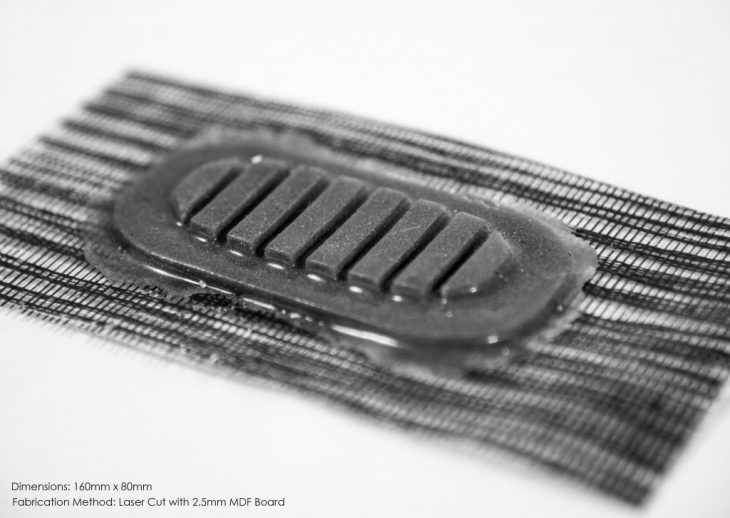
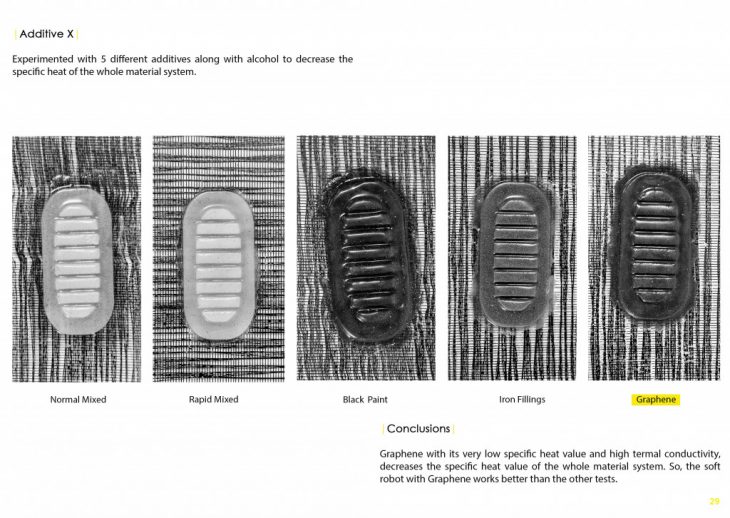
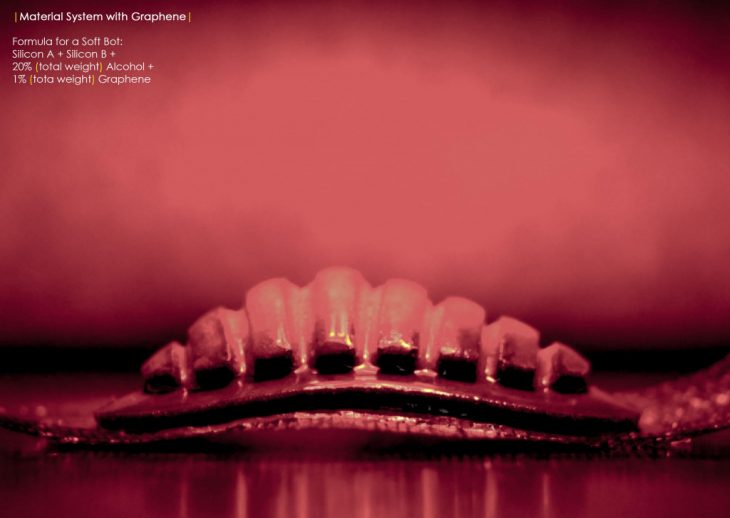
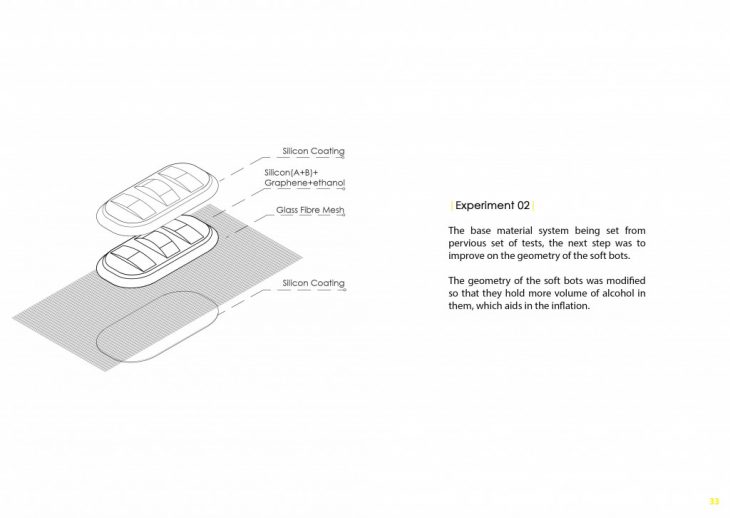
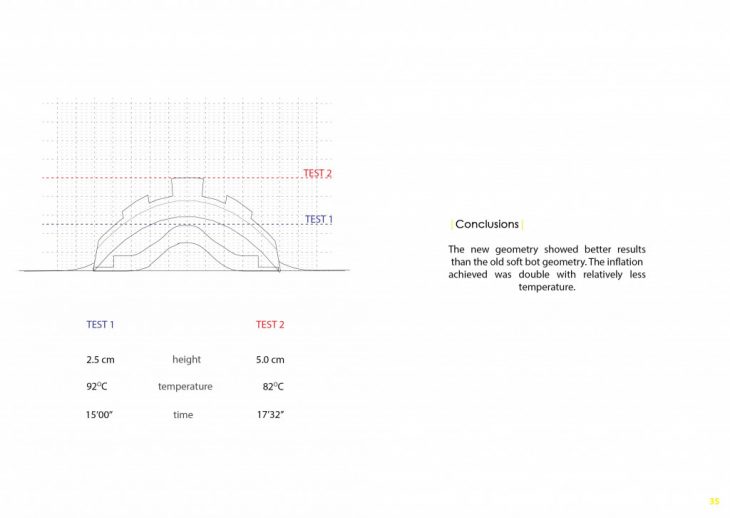
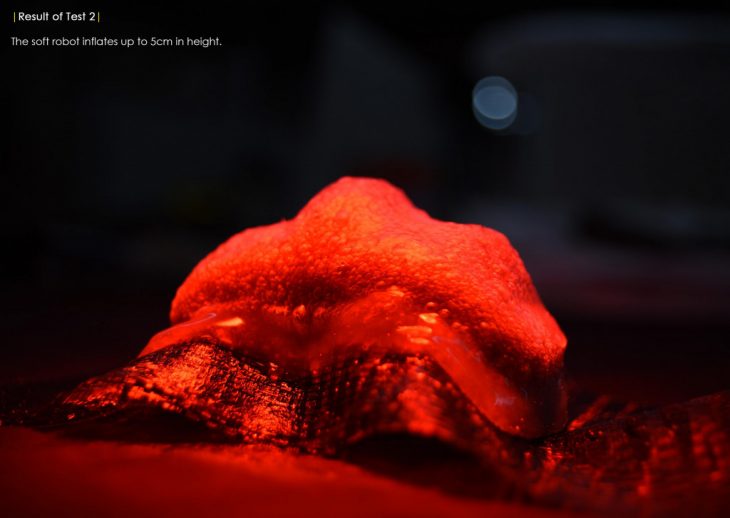
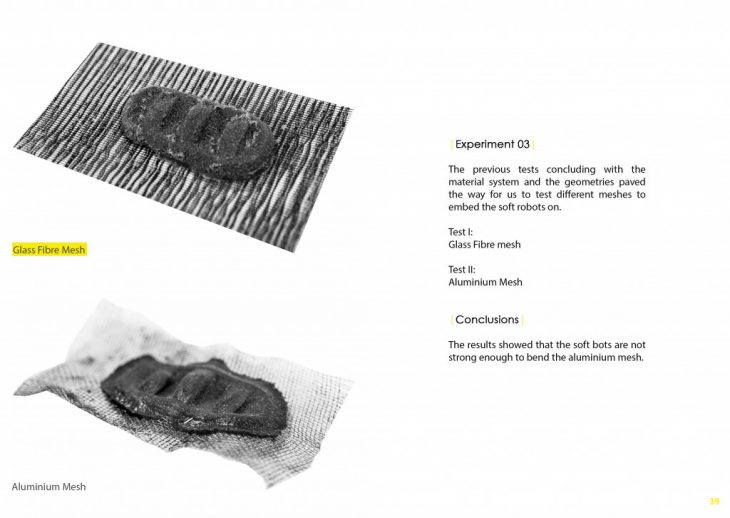
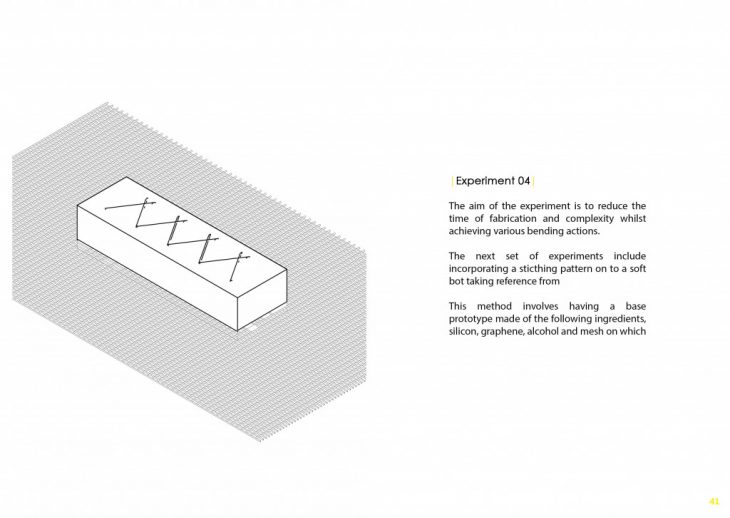
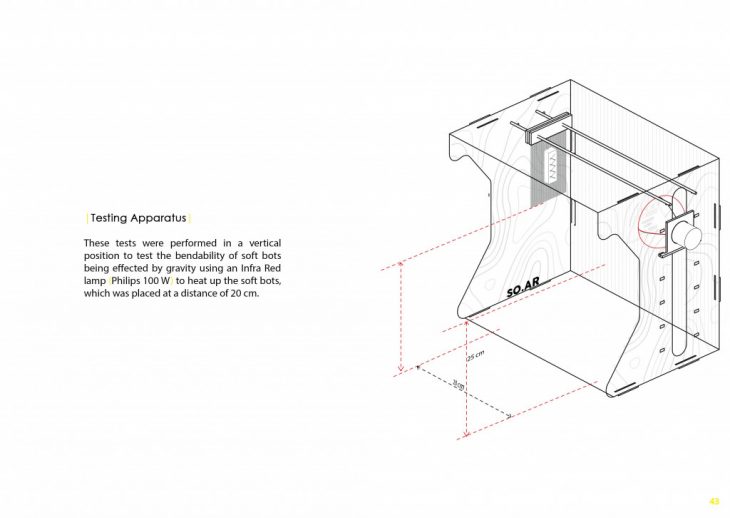
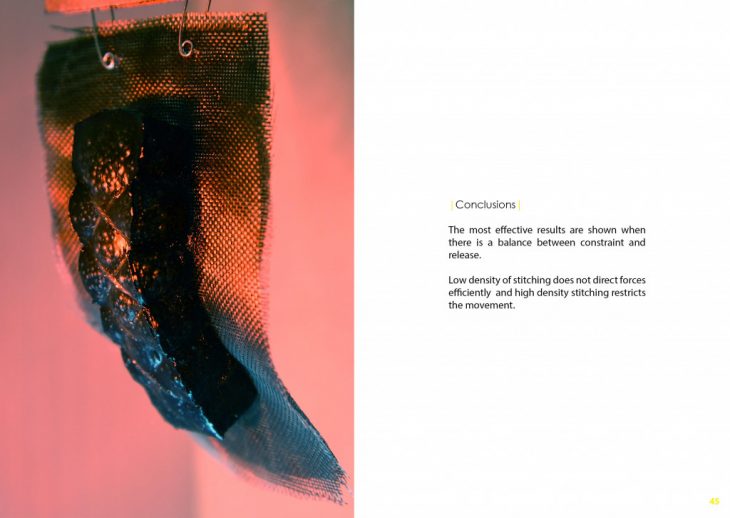
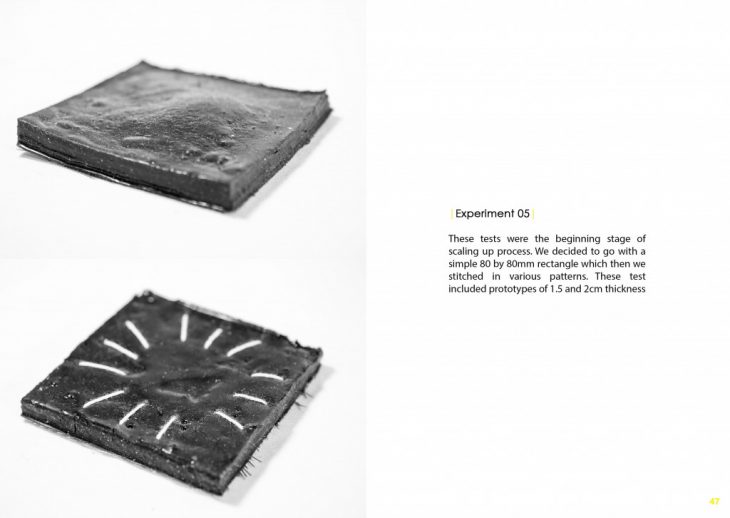

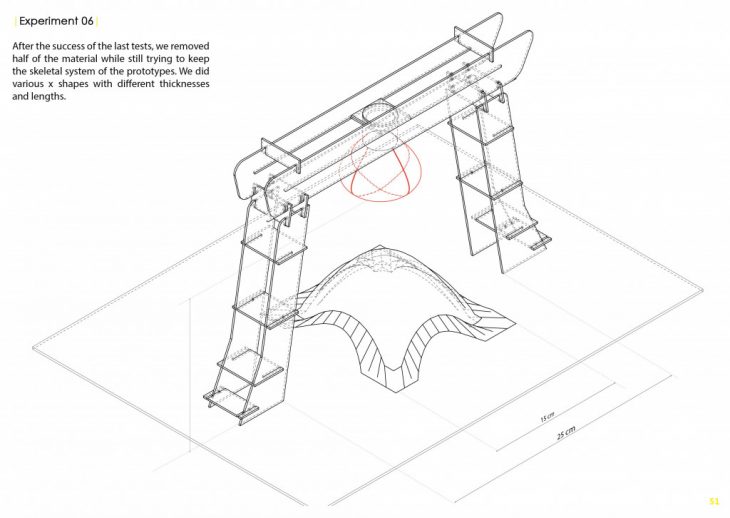
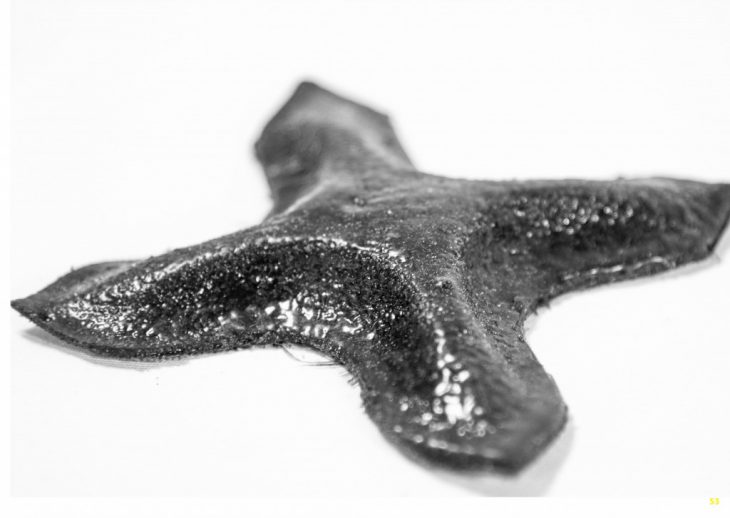


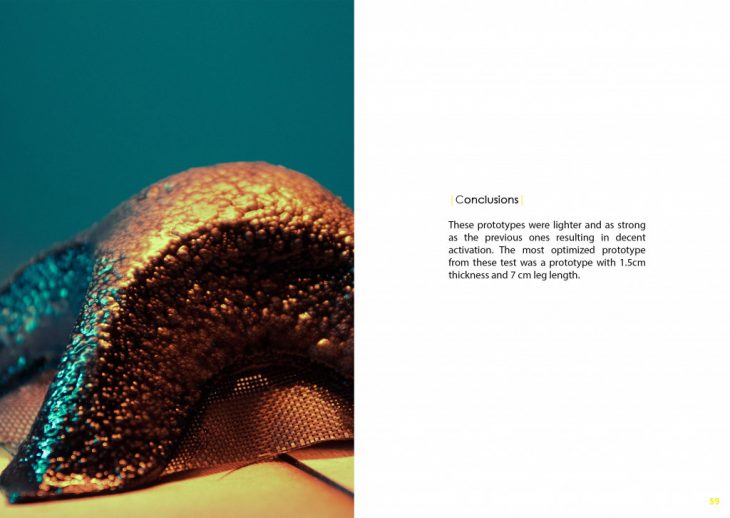

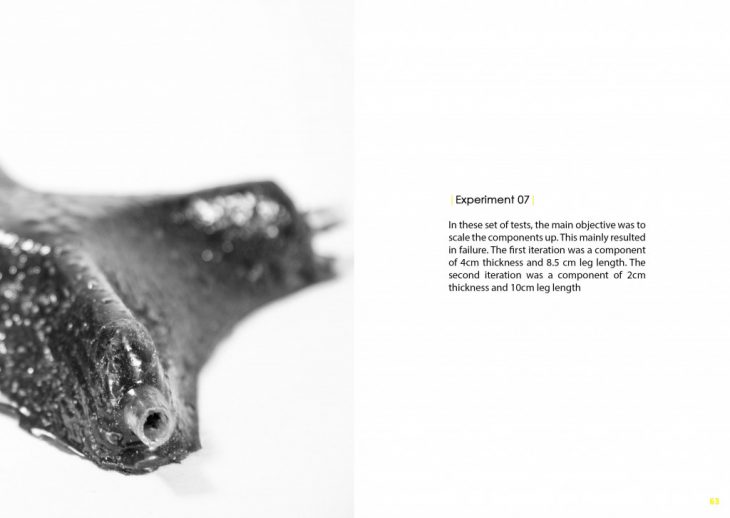
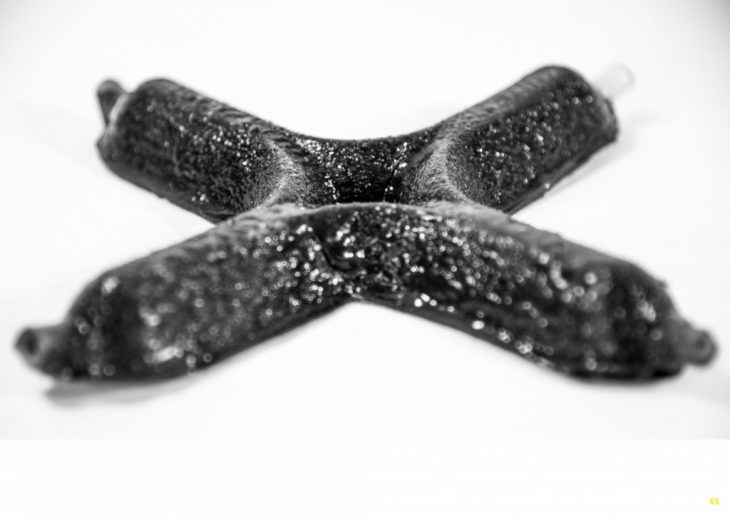



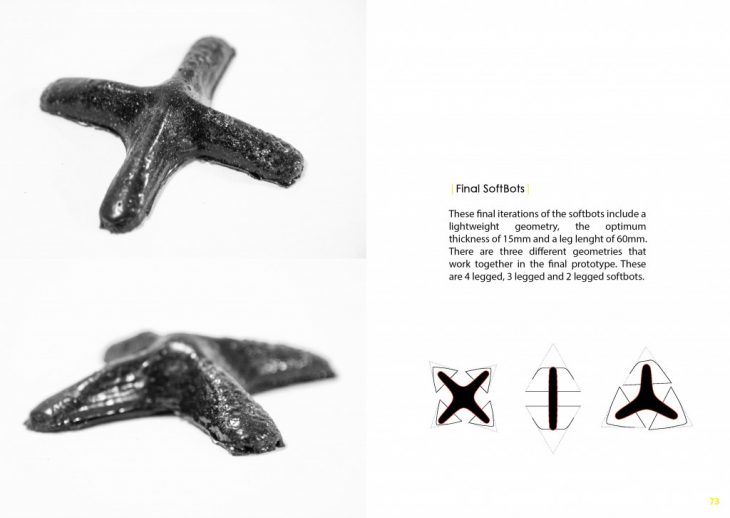
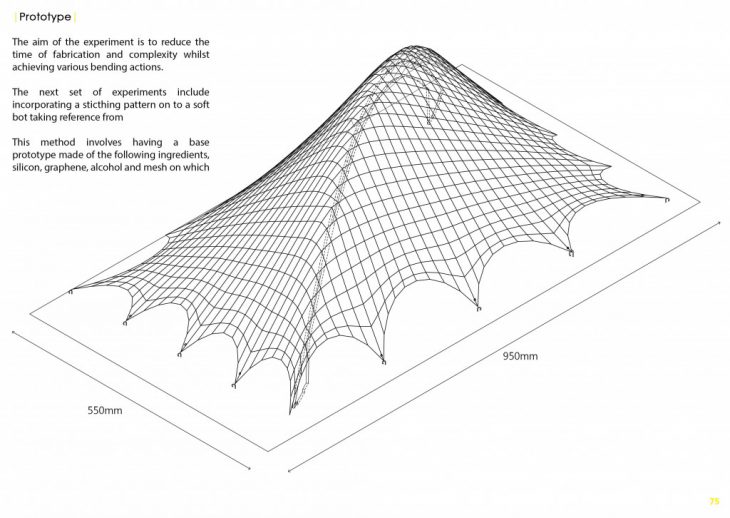
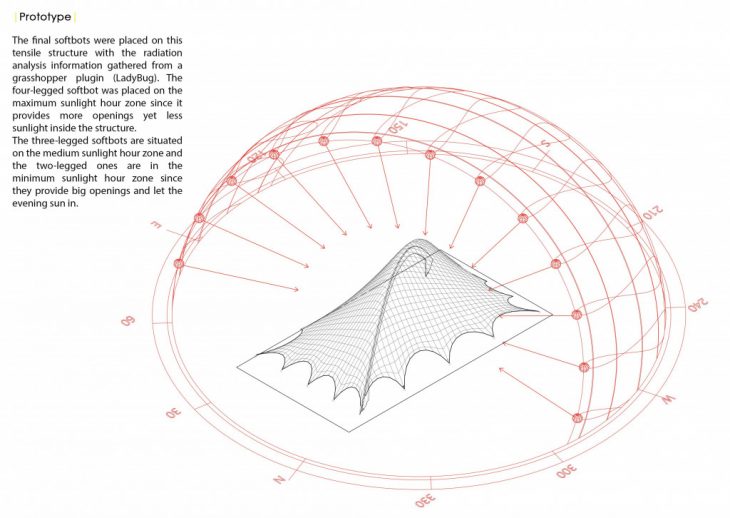
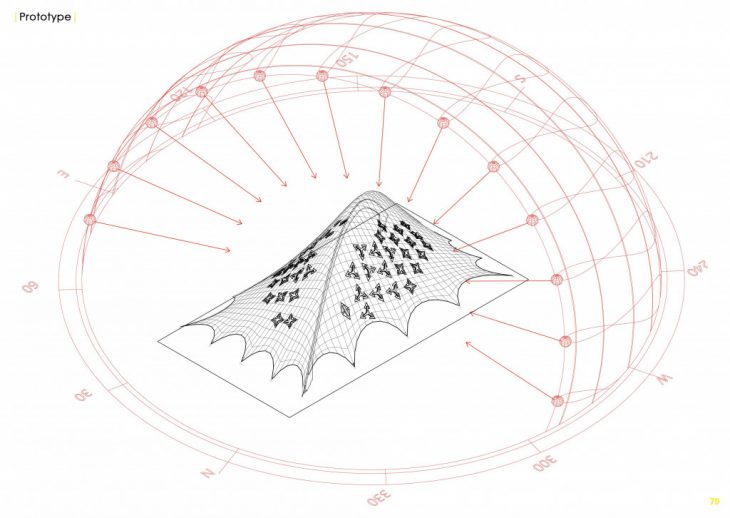
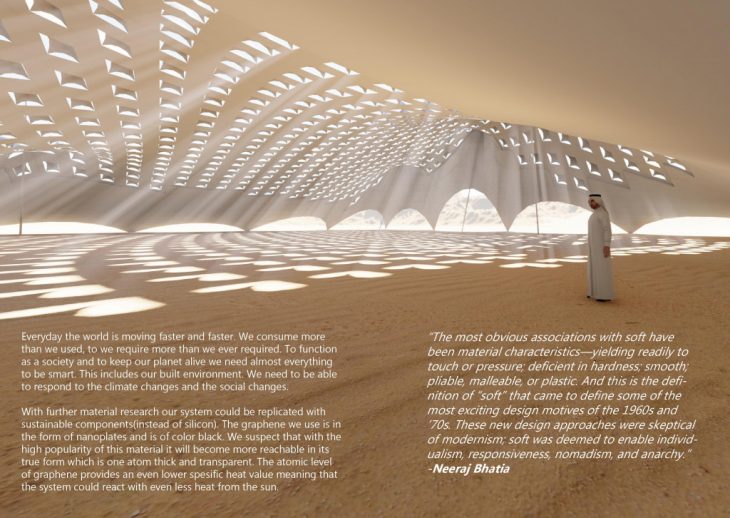
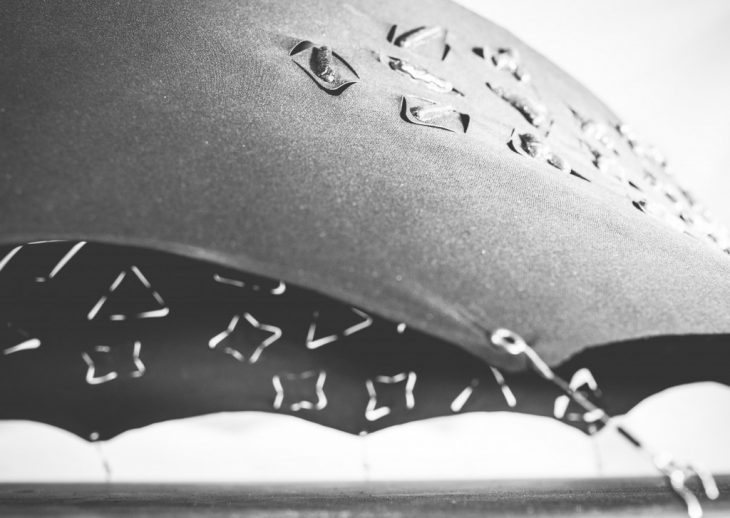

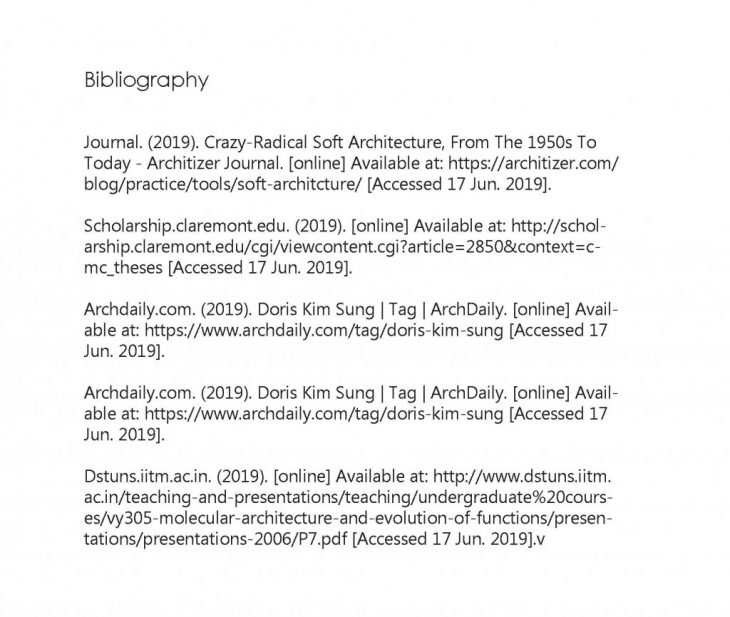
SO.AR is a project of IAAC, Institute for Advanced Architecture of Catalonia developed at Masters in Advanced Interaction in 2019 by:
Students: Aysel Abasova, Deepak Sundaram, Sri Sai Tarun Kovuru
Faculty: Areti Markopoulou, David Andres Leon, Raimund Krenmüller and Nikol Kirova